Piston Slap: An LSX-FTW Bro-Ham?

TTAC commentator SavageATL writes:
I have a 1991 Cadillac Brougham, the old rear-wheel-drive model. The car was sitting for a long time, and it has a Chevy 305 with bad valve seals. Lesson: beware of low-low-mileage cars.
It smokes badly on startup after sitting and burns a good bit of oil — about one quart every 250 miles. I’ve driven it as-is for a while, but the day is coming when I’ll need to do something about it.
I was told that the heads would need to be replaced to the tune of about $800. I am thinking for that kind of money I can go ahead and swap out the 305 for an LS. I was quoted about $2,750 for a 5.3-liter junkyard LS swap and $3,750 for a 6.0-liter junkyard LS swap, start to finish.
Other than the valve seals, the Cadillac is in excellent shape. I love driving it and plan on keeping it more-or-less indefinitely. I’m considering the swap because if I’m going to spend that kind of money, might as well go to the next step, get more power and better fuel economy.
Question: Is it worth the difference to do the LS swap versus replacing the heads? Which LS engine should I go with? I’ve read the 6.0 has an iron block, is more powerful, and is generally a better engine. What should I ask before having someone start the project?
Sajeev answers:
Did you know that our own Bozi is quite the accomplished LSX-FTW swap artist?
For your question, Bozi will advocate for the swap and my counterpoint will follow in our TTAC town hall debate.
Bozi answers:
The head swap is the easiest route to take since a set of rebuilt 305 heads along with gaskets and bolts should run you right around $450 and labor should be in the $300-400 range.
Swapping to an LS engine will cost more, but will bring with it increased performance and fuel economy. There are quite a few variants of the LS engine. Based on the price you were quoted, I’m assuming both engines you describe are iron block truck motors.
The iron block truck motors are fine for the most part, but I would avoid 1999-2000 6.0-liter LQ4 motors as they were the only ones in the series that had iron heads. Later LQ4 motors are just fine and will produce around 325 horsepower. There is also a higher compression version of this motor called the LQ9, which produced 345 horsepower.
The 5.3-liter LM7 was used from 1999 to 2007 in trucks and vans, and is likely the motors your installer quoted. These are decent motors that make anywhere from 270 horsepower in early trims up 295 horsepower in the later variants. The LM7 is a good motor that can usually be found for $500-600 just about anywhere in the country — but it’s still an iron block.
My preference for the 5.3-liter is the LM4 motor, which is an aluminum block engine. It produces 290 horsepower and can usually be found for about $100 more than its iron-blocked counterparts. The LM4 can be found in:
- 2003–2004 Chevrolet TrailBlazer EXT
- 2003–2004 Isuzu Ascender
- 2003-2004 GMC Envoy XL
- 2003–2004 Chevrolet SSR
- 2004 Buick Rainier
I am not sure what you’re planning to do about a transmission, but your TH200 can bolt up to these motors with a spacer and re-drilled flexplate. If the transmission is serviceable, I believe it should work for most of these 5.3-liter motors in stock trim, but you may end up grenading the gears if you put one of the 6.0-liter motors in front of it thanks to the additional torque.
If you do plan on swapping the transmission, I would use at least a 4L60E for the 5.3-liter variants or a 4L80E for the bigger 6.0-liter motors. These can also be found inexpensively and will give you better fuel economy over the TH200.
I recommend using an OEM-trimmed harness and OEM ECU that’s been reflashed as they will work the best. In your application, you should be able to save some money by using stock F-Body exhaust manifolds. A Hummer H3 oil pan should fit and go around your stock subframe. I also recommend using an alternator relocation bracket from someone like kwikperf.com, which will help you clear your hood and also save you some money since you will not have to buy a custom accessory drive setup.
Your fuel lines should be fine for the swap, but I do recommend swapping for a bigger pump, like the ACDelco EP241, which is inexpensive and should drop right in.
My recommended setup will run you around $1,500-2,000 in parts without a transmission included. Labor adds more cost. You should be right around $4,000 total for an LM4 swap. Adding a 4L60E transmission might run you another $500-700. I recommend asking the installer which engine code he is planning to use and telling him to use one you want. I also recommend checking to see what he plans to do about fueling and engine management.
The LS swap will likely cost you about four times more than swapping the heads. But, if you plan to keep the car, there might be some additional enjoyment and possibly fuel savings to be had.
Sajeev concludes:
I can’t believe I’m saying this, but that’s how debates work: swap the 305 for a LT1 (and a 4L60E?) from a later model B-body General Motors product. And yes, that’s the small-block Chevy LT1, not the new one. They are dirt cheap, even compared to (and mostly because of) the 5.3 LS motors.
I think your bro-ham has the 4L60 and not the 200R4, but either way, the extra power of a motor swap means either might be inadequate over the long term. Buying the entire powertrain from an LT1 land barge means you get a 4L60E that’s a better “core” for a gearbox rebuild. The same person you’ll pepper with Bozi’s questions can do this swap.
As I’ve learned with my Fox Body Fords, restomodding means this crap never ends. Even though the 305 is a boat anchor turd of a motor, maybe the performance is okay considering the cost of LT1 or LSX-FTW.
[Image: Shutterstock user Jackfoto]
Send your queries to sajeev@thetruthaboutcars.com. Spare no details and ask for a speedy resolution if you’re in a hurry…but be realistic, and use your make/model specific forums instead of TTAC for more timely advice.

More by Sajeev Mehta
Latest Car Reviews
Read moreLatest Product Reviews
Read moreRecent Comments
- Corey Lewis It's not competitive against others in the class, as my review discussed. https://www.thetruthaboutcars.com/cars/chevrolet/rental-review-the-2023-chevrolet-malibu-last-domestic-midsize-standing-44502760
- Turbo Is Black Magic My wife had one of these back in 06, did a ton of work to it… supercharger, full exhaust, full suspension.. it was a blast to drive even though it was still hilariously slow. Great for drive in nights, open the hatch fold the seats flat and just relax.Also this thing is a great example of how far we have come in crash safety even since just 2005… go look at these old crash tests now and I cringe at what a modern electric tank would do to this thing.
- MaintenanceCosts Whenever the topic of the xB comes up…Me: "The style is fun. The combination of the box shape and the aggressive detailing is very JDM."Wife: "Those are ghetto."Me: "They're smaller than a Corolla outside and have the space of a RAV4 inside."Wife: "Those are ghetto."Me: "They're kind of fun to drive with a stick."Wife: "Those are ghetto."It's one of a few cars (including its fellow box, the Ford Flex) on which we will just never see eye to eye.
- Oberkanone The alternative is a more expensive SUV. Yes, it will be missed.
- Ajla I did like this one.

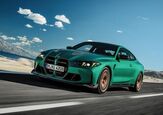














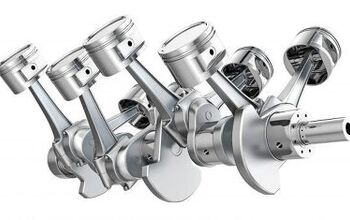
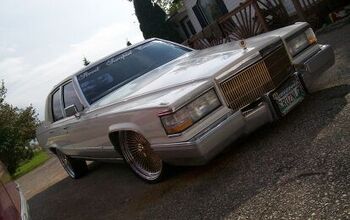
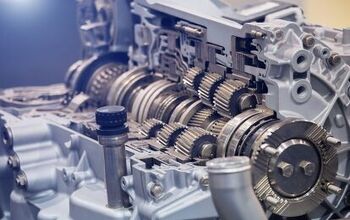
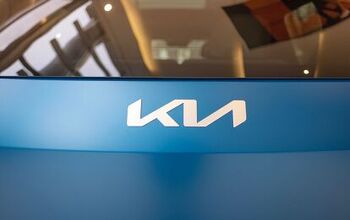
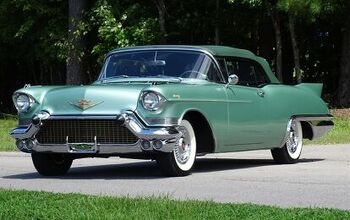
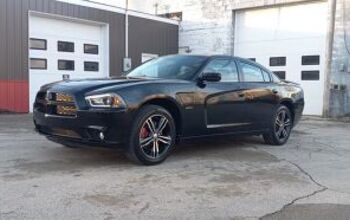




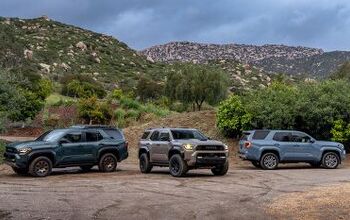
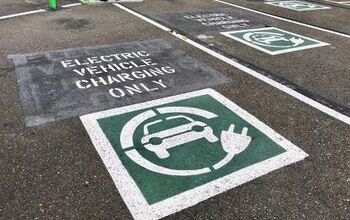


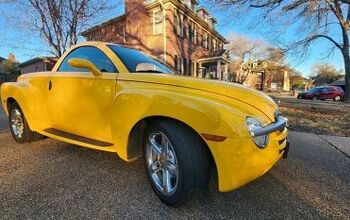

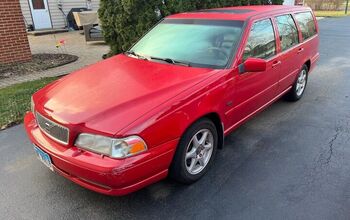

Comments
Join the conversation
I took my driver's test in mom's '81. The brakes were a fiction and the steering was like my first girlfriend-- (One finger only). Butterscotch leather and Copper with the lamentable 4-6-8, which promptly shit the bed shortly thereafter. I didn't care much then, but I want one now.
I don't do carbs; that's why I have '91s (this is my second one) with the TBI 305 rather than the really really slow and finicky 307 with the stupid electronic carb. So that's why I would not 468 or 425 or 368.